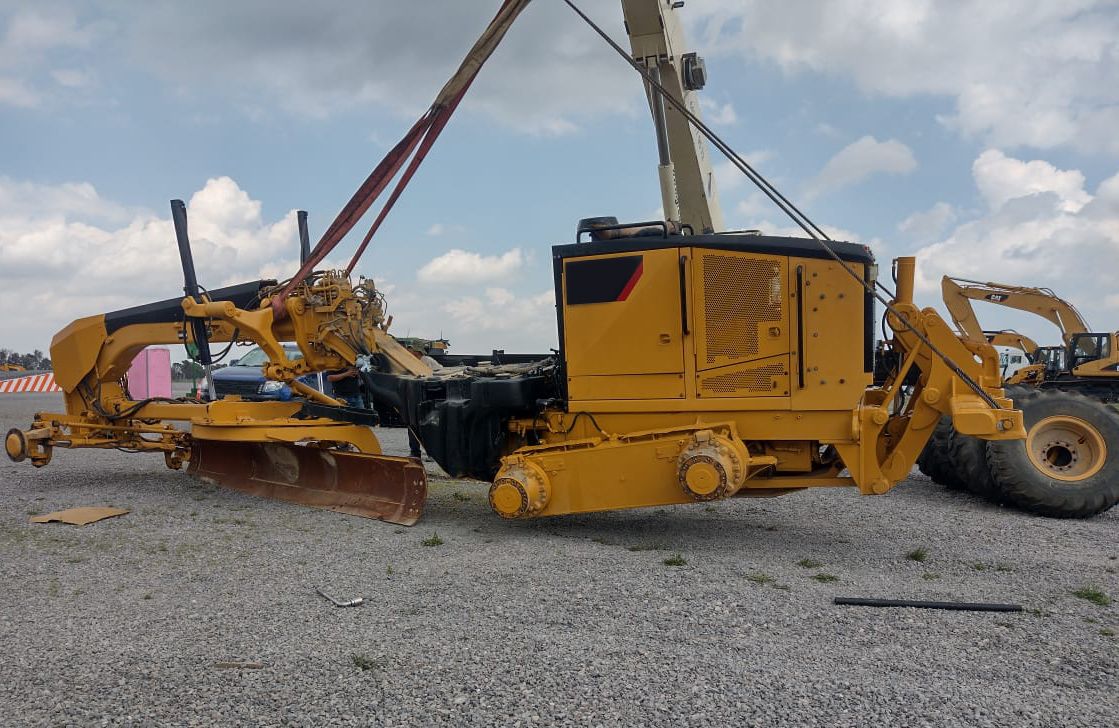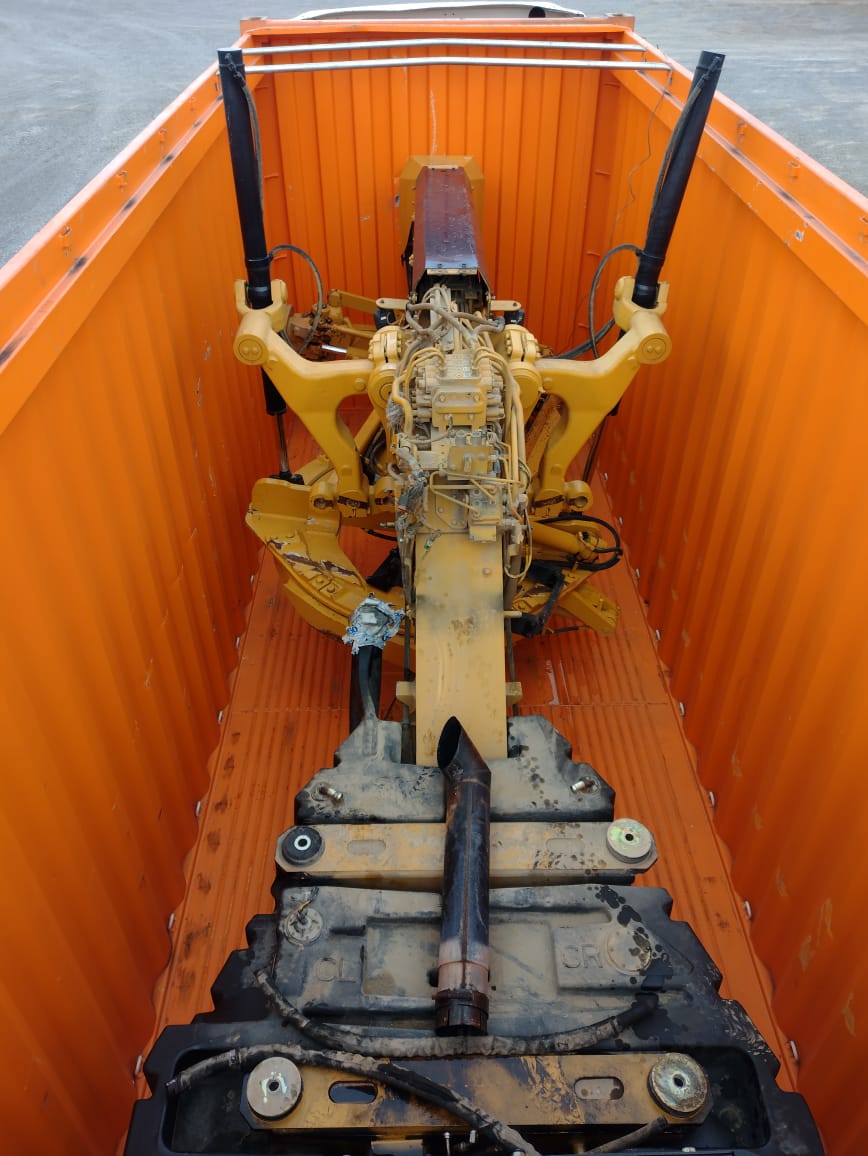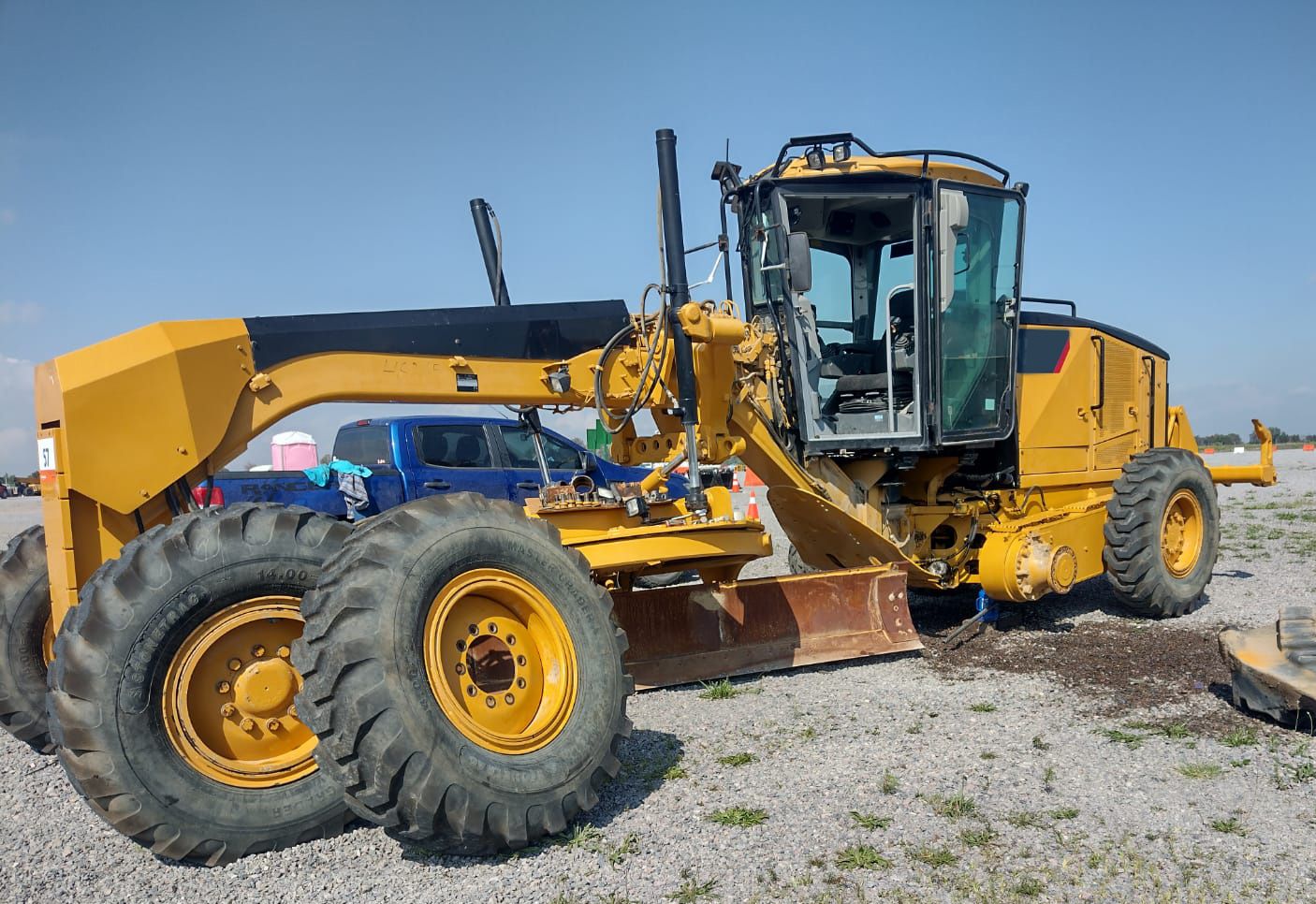How to transport an excavator from Mexico to Vietnam while obtaining savings of over 50% for the client in the shipping costs
By Justin Facey
If what a company wants to transport is a vehicle, it is usually transported using the ro-ro (Roll on-Roll off) modality. This is the case with cars or lorries. And this case was similar: an excavator needed to be transported from Mexico to Vietnam. However, our team opted for an evidently more complex process: partially disassemble the equipment and place it in a container. It was not a fit of madness, but rather a way to save on costs (considerable ones!) for the client.
Large freighters open their hatches and put the opportune ramp in place. Cars, lorries, or industrial vehicles carefully drive up said ramp until they reach the ship where they are carefully anchored so that they do not move during the crossing implied by the maritime shipping. It is an almost natural way to transport rolling stock and, at KENSA, we had a similar case: an excavator that our client had purchased in Mexico and wanted to take to Ho Chi Minh City in Vietnam. However, our team decided that it would not be taking that ramp to travel.
The solution was not obvious, though it was quicker and more economical
Our people have great experience in cargo and projects and, even before getting quotes, they knew that it was not going to be easy. The fact of the matter is that this type of rolling stock is only welcomed by shipping companies when there is a relatively large number of vehicles, which, at times, can lead to some
setbacks for their transport by ship. Transporting just one would be slow and costly. They also assessed the option of the platform but finally came up with a different solution. To this end, they carefully reviewed the cargo and studied its dimensions. When they saw that it could be partially disassembled and all the parts could be placed in one container, they were sure that this was the way to transport the machine. It was true that careful work would be required back on land. However, overall, it was a much more interesting solution for the client because it was quicker and more economical: up to 50% less in costs!

Certificates, document management and customs
Before proceeding with the disassembly, the machine was checked by external personnel who certified its functional status. Only then were the larger parts disassembled and the body of the excavator together with the remaining parts was put in a container. All of it was properly anchored to avoid damage while crossing the ocean. The buyer, who was already in Vietnam, took charge of the assembly.
To complement the above, and as a last link, customs formalities were handled by our Freight, Project and Customs team.





